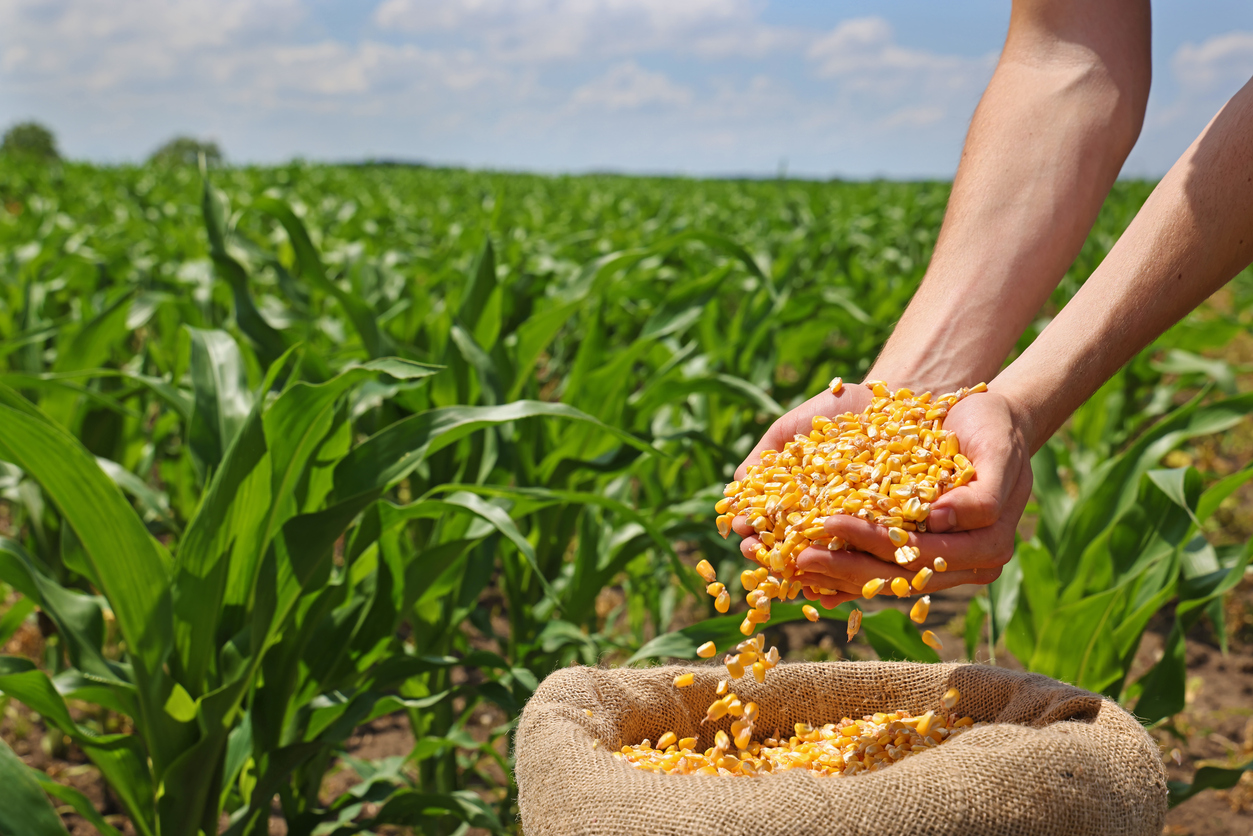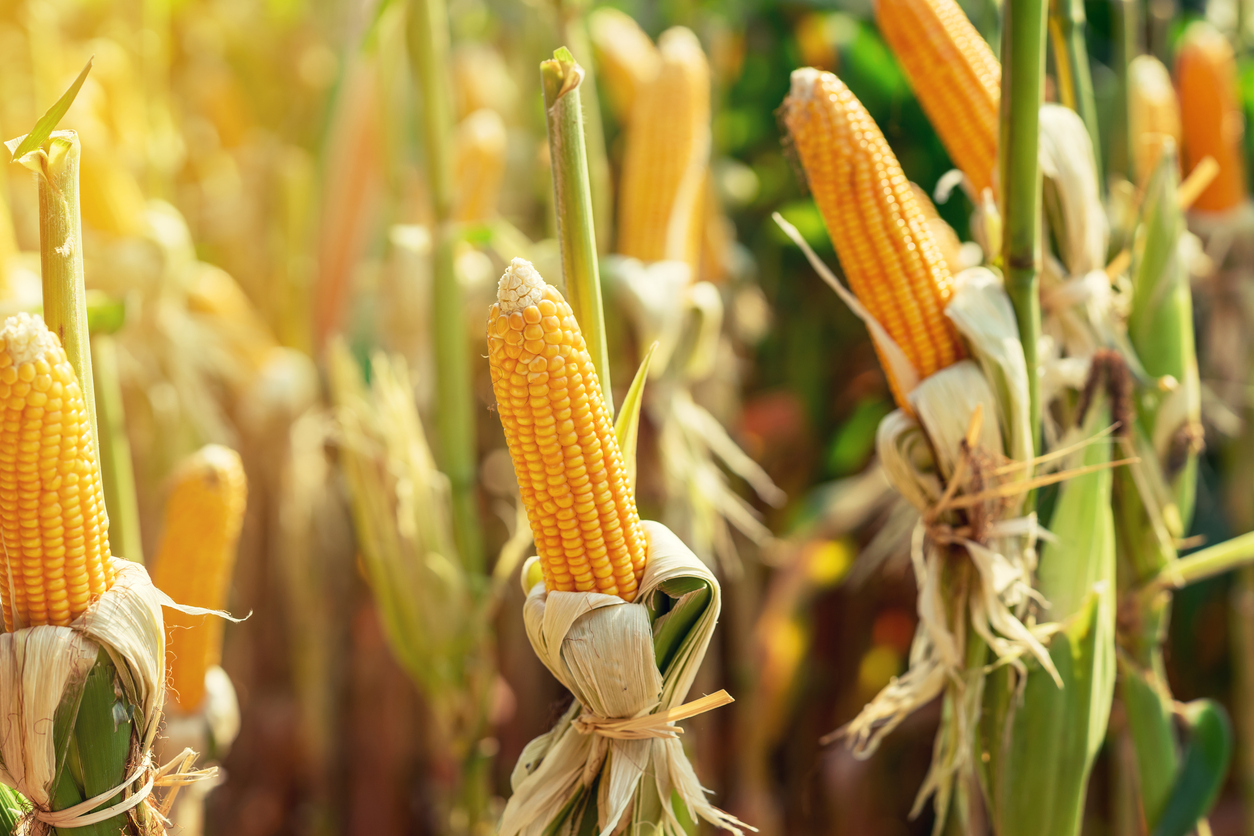The Surprising Factors Behind the Fluctuating Prices of Pineapples
The Surprising Factors Behind the Fluctuating Prices of Pineapples
Are you a fan of the sweet, tropical taste of pineapples? If so, you’ve probably noticed that the prices of these juicy fruits seem to be all over the place. One day they’re affordable and abundant, and the next they’re scarce and expensive. But have you ever wondered what exactly causes these fluctuating prices? Prepare to be amazed as we delve into the surprising factors behind this pineapple price rollercoaster! From weather patterns to global trade policies, there’s more than meets the eye when it comes to understanding why your favorite fruit can sometimes break the bank. So sit back, relax, and join us on an enlightening journey through the world of pineapples – where economics meets nature’s bounty!
Introduction to Pineapples and Their Popularity
Introduction to Pineapples and Their Popularity
Pineapples have been a popular fruit for centuries, with their sweet and tangy taste making them a favorite among consumers all over the world. Originating in South America, pineapples were first discovered by Europeans during Christopher Columbus’ voyage to the Caribbean in 1493. Since then, they have become a staple in many cuisines and are enjoyed fresh, canned or juiced.
The popularity of pineapples can be attributed to their unique flavor profile and health benefits. They are packed with essential vitamins and minerals such as vitamin C, manganese, and potassium. They also contain bromelain, an enzyme that has anti-inflammatory properties and aids in digestion. This combination of taste and nutritional value has made pineapples a sought-after fruit globally.
In addition to being delicious and healthy, pineapples also hold cultural significance in various countries around the world. In many cultures, pineapples are associated with hospitality, friendship, and warmth due to their resemblance to a welcoming pineapple shape.
Furthermore, the versatility of this tropical fruit has contributed to its popularity. Pineapples can be used in both savory and sweet dishes – from pizza toppings to fruity cocktails – making them a versatile ingredient for cooking enthusiasts.
Factors Affecting Pineapple Prices
Factors Affecting Pineapple Prices
Pineapples, with their sweet and tangy taste, are a popular fruit worldwide. However, the prices of this tropical fruit can vary significantly from time to time. Many factors influence the fluctuating prices of pineapples, both at the local and global levels.
1. Supply and Demand
Like any other commodity, supply and demand play a crucial role in determining pineapple prices. When there is an abundant supply of pineapples in the market, prices tend to be lower as producers compete for customers. On the other hand, when there is a shortage of pineapples due to weather conditions or disease outbreaks, prices are likely to increase.
2. Seasonal Variations
Pineapple production is heavily influenced by seasonal variations. In regions where pineapples are grown all year round, prices tend to remain stable throughout the year. However, in areas with distinct growing seasons like Hawaii or Costa Rica, pineapple prices may fluctuate more drastically depending on the time of year.
3. Production Costs
The cost of producing pineapples can also impact its price in the market. Factors such as labor costs, transportation costs and fertilizer expenses can all affect how much it costs for farmers to grow and harvest pineapples. If these production costs increase significantly due to changes in market conditions or government policies, it can result in higher pineapple prices for consumers.
– Seasonal Availability
Seasonal availability is a major factor that influences the fluctuating prices of pineapples. Like many other fruits and vegetables, pineapples have specific growing seasons that impact their supply and demand in the market.
The pineapple plant is native to tropical regions and requires warm temperatures, plenty of sunshine, and consistent rainfall for optimal growth. As a result, most pineapple production takes place in countries located near the equator such as Costa Rica, Brazil, and the Philippines.
In these regions, pineapples are usually available year-round due to their favorable climate. However, there are still fluctuations in supply throughout the year due to seasonal changes and weather conditions.
One of the main factors that affect pineapple availability is the rainy season. The heavy rains during this period can lead to waterlogging which damages pineapple crops and reduces their quality. This results in lower yields and ultimately leads to a shortage of pineapples in the market.
On the other hand, during dry seasons when there is less rain or droughts occur, pineapple plants may not receive enough water resulting in smaller fruit sizes. This can also affect their taste and overall quality.
Additionally, pests and diseases are more prevalent during certain times of the year which can significantly reduce crop yields. For example, mealybugs are a common pest that affects pineapple plants during warmer months leading to reduced harvests.
– Weather Conditions
Weather conditions play a crucial role in determining the production and prices of pineapples. The tropical fruit is largely affected by the climate it is grown in, as it requires specific weather conditions to thrive.
One of the most important factors affecting pineapple prices is rainfall. Pineapple plants require a significant amount of water to grow, but excessive rain can harm their growth and lead to lower yields. On the other hand, droughts can also have a negative impact on pineapple production, with dry conditions leading to smaller fruits and lower overall yield.
Temperature is another crucial factor that affects pineapple production. Pineapple plants prefer warm temperatures ranging from 70-85°F (21-29°C), which allows them to grow at an optimal rate. Extreme heat or cold can cause damage to the plant, affect pollination, or stunt growth – all of which can result in reduced yields and higher prices.
Wind also plays a vital role in pineapple farming. While gentle breezes are beneficial for pollination and air circulation within the plantations, strong winds can cause physical damage by breaking off leaves or snapping fruit-bearing stems. This not only reduces the number of pineapples produced but also increases labor costs for farmers who must then work harder to maintain their crops.
– Transportation Costs
Transportation costs play a significant role in the fluctuating prices of pineapples. This is because pineapples are primarily grown in tropical regions, such as Central and South America, Africa, and Southeast Asia, which are often far from major consumer markets. As a result, the transportation costs to bring pineapples to these markets can vary greatly depending on a variety of factors.
One factor that affects transportation costs is the distance between the pineapple farms and the consumer market. Pineapples grown in countries like Costa Rica or Thailand need to be transported by air or sea freight for thousands of miles before reaching their final destination. This incurs high shipping fees, which are then reflected in the price of the fruit. On the other hand, if pineapples are grown closer to their consumer market, such as in Hawaii or Florida for North American markets, transportation costs may be lower due to shorter distances.
Another factor that impacts transportation costs is the mode of transportation used. Air freight is typically more expensive than sea freight due to its faster delivery time and specialized handling requirements for perishable goods like pineapples. However, it may be necessary for some countries with limited infrastructure or during peak seasons when demand for fresh produce is high.
In addition to distance and mode of transportation, external factors such as fuel prices also influence transportation costs. Fluctuations in oil prices can significantly affect shipping rates as they directly impact fuel surcharges and overall operating expenses for transport companies.
– Demand and Supply
Demand and supply are the two key forces that drive prices in any market, including the pineapple industry. Understanding how these factors interact with each other is essential in explaining why pineapple prices fluctuate.
On one hand, demand refers to the desire or need for pineapples among consumers. This can be influenced by various factors such as taste preferences, health benefits, availability of substitutes, and consumer income. When demand for pineapples increases, producers are encouraged to produce more to meet this demand and can charge higher prices due to the increased competition for their product.
On the other hand, supply refers to the quantity of pineapples that producers are willing and able to offer at a given price. The main determinants of supply include production costs (e.g., labor, fertilizer), input prices (e.g., fuel), technology advancements, weather conditions, and government policies. When these factors are favorable for pineapple production, suppliers can produce more at lower costs which leads to an increase in supply.
The relationship between demand and supply is known as the law of supply and demand. According to this economic principle, when demand exceeds supply, prices will rise as consumers compete for limited quantities of pineapples. Conversely, when there is an oversupply of pineapples in relation to consumer demand, prices will drop as suppliers try to sell off excess inventory.
In addition to these basic principles of economics, there are also some unique factors that affect the demand and supply dynamics in the pineapple market.
Impact of Fluctuating Prices on Consumers and Producers
The impact of fluctuating prices on consumers and producers is a crucial aspect to consider when examining the surprising factors behind the fluctuating prices of pineapples. The fluctuations in pineapple prices can have significant effects on both parties, as they are closely linked in the supply chain.
For consumers, fluctuating prices mean changes in their purchasing power and budget planning. When pineapple prices rise, consumers may have to pay more for their favorite fruit, which could lead to a decrease in demand. This can be especially challenging for low-income families who rely on affordable produce for their daily nutritional needs. As a result, they may either reduce their consumption or switch to cheaper alternatives, causing a decline in demand for pineapples.
On the other hand, if pineapple prices drop significantly due to oversupply or other factors, it may seem like good news for consumers at first glance. However, this could also indicate a decrease in quality as producers may resort to selling lower-grade pineapples at lower prices to mitigate losses. Consumers may end up with subpar pineapples that do not meet their expectations or satisfy their taste buds.
Fluctuating pineapple prices also affect producers and farmers who rely on stable income from selling their harvests. When prices fall below production costs, it becomes economically unviable for small-scale farmers to continue producing pineapples. They may be forced out of business or switch to cultivating different crops that offer higher returns.
The Role of Globalization in Pineapple Pricing
The Role of Globalization in Pineapple Pricing
Globalization has played a major role in shaping the pineapple industry and influencing its pricing. In recent years, the demand for pineapples has been increasing globally, leading to an increase in production and trade. As a result, the prices of pineapples have become more volatile and subject to various factors related to globalization.
One of the main reasons behind this is the increased competition in the global market. With advancements in transportation and communication technology, it has become easier for countries to import and export pineapples from all around the world. This has led to an increase in supply, which can directly affect pricing. When there is a surplus of pineapples on the market, prices tend to decrease as producers try to sell off their excess stock. On the other hand, when there is a shortage of supply due to factors such as natural disasters or trade barriers, prices tend to rise.
Moreover, globalization has also opened up new markets for pineapple producers. Countries that were previously not involved in pineapple production are now entering into this business due to favorable weather conditions or government incentives. This increased competition among different regions can again affect pricing as producers try to gain an advantage over each other by offering competitive prices.
Another factor influencing pineapple pricing through globalization is currency exchange rates. As pineapples are traded globally with different currencies, fluctuations in exchange rates can significantly impact prices.
Sustainable Solutions for Stable Pineapple Prices
Introduction to Sustainable Solutions for Stable Pineapple Prices
The fluctuating prices of pineapples can be a cause of concern for both consumers and pineapple producers. Unstable prices not only affect the income of farmers but also lead to inconsistencies in supply and demand, making it difficult for consumers to access this delicious tropical fruit at reasonable prices. However, there are sustainable solutions that can help stabilize pineapple prices and create a more balanced market for both producers and consumers.
1. Diversifying Production Methods
One of the key reasons behind the fluctuating prices of pineapples is the reliance on traditional production methods. Many small-scale farmers still use manual labor-intensive techniques for growing pineapples, which can result in inconsistent yields due to weather conditions or pest infestations. This leads to fluctuations in supply, affecting the stability of pineapple prices.
To address this issue, sustainable farming practices such as precision agriculture, vertical farming, and hydroponics can be utilized. These methods allow for better control over growing conditions and increase productivity throughout the year. By diversifying production methods, farmers can reduce their reliance on traditional methods and improve their yields, leading to a more stable supply of pineapples in the market.
Conclusion: The Future of Pineapple Pricing
Conclusion: The Future of Pineapple Pricing
The fluctuating prices of pineapples can be attributed to a variety of factors including supply and demand, weather conditions, transportation costs, and market competition. However, as global trade and consumer preferences continue to evolve, the future of pineapple pricing is likely to see some changes.
One potential factor that could impact pineapple pricing in the future is climate change. As temperatures rise and weather patterns become more unpredictable, it may become increasingly difficult for farmers to produce consistent yields of high-quality pineapples. This could lead to a decrease in supply and potentially drive up prices.
Furthermore, with the increasing popularity of sustainable and ethical practices among consumers, there may also be a shift towards more environmentally-friendly methods of pineapple production. This could involve organic farming techniques or fair trade certification which may incur higher costs for producers. As a result, this could also lead to an increase in pineapple prices.
On the other hand, advancements in technology and agriculture could potentially lower production costs for pineapple farmers. For instance, new irrigation systems or pest control methods could improve efficiency and reduce expenses for growers. This could translate into lower prices for consumers in the future.
Moreover, as global trade continues to expand and free trade agreements are established between countries, there may be an increase in competition among pineapple-producing nations. This competition can drive down prices as countries try to gain a larger share of the market by offering lower-priced pineapples.








Comments are closed.